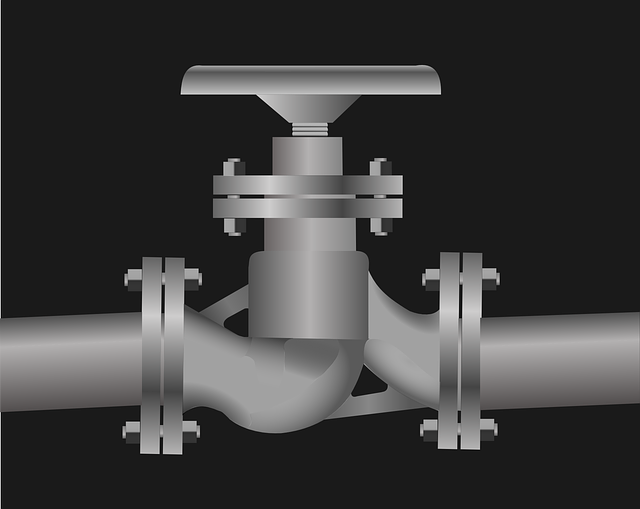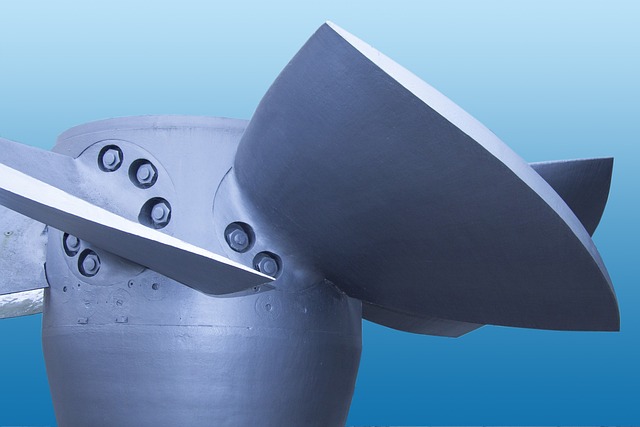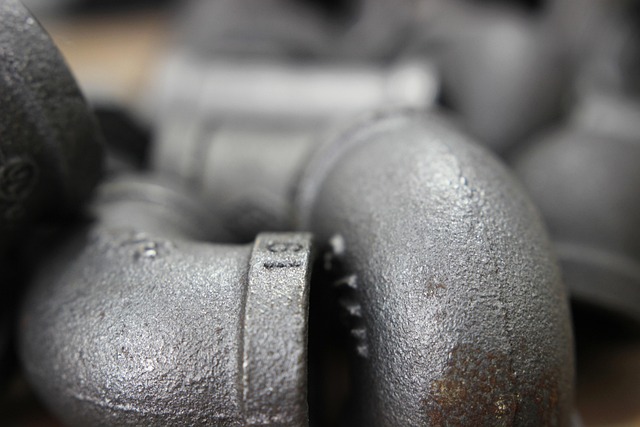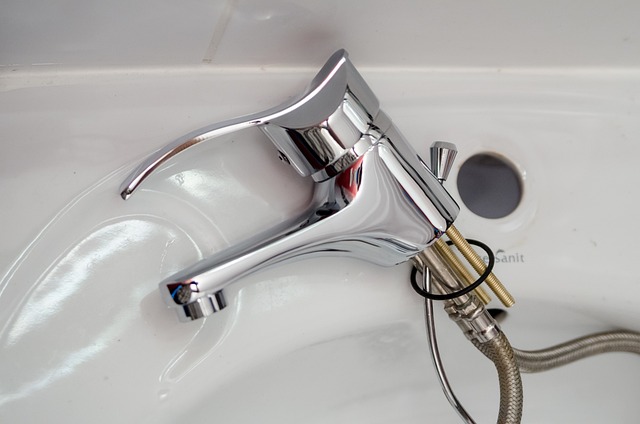Plumbing leaks, often ignored, cause significant damage, from structural issues and mold growth to water waste. Regular maintenance, addressing signs like dripping faucets or unusual pressure, prevents these problems. High humidity, driven by leaks, leads to health issues and damaged property. Early detection through inspections and temporary solutions mitigate damage until repairs are made. Fixing plumbing issues with quality materials and professional services prevents long-term humidity problems and mold growth. Persistent or widespread leaks require expert plumber intervention to avoid further damage and ensure a healthy living environment.
“Plumbing leaks can wreak havoc on your home, leading to increased humidity and potential water damage. This comprehensive guide delves into the science behind humidity, its impact on structures, and common signs of underlying plumbing issues. We explore quick temporary solutions for mitigating effects, long-term strategies for moisture control, and when to call a professional for expert assistance in tackling persistent plumbing problems.”
- Understanding Plumbing Leaks and Their Impact
- The Science Behind Humidity and Water Damage
- Common Signs of Plumbing Issues at Home
- Mitigating the Effects: Quick Temporary Solutions
- Long-term Strategies for Moisture Control
- Professional Help: When to Call a Plumber
Understanding Plumbing Leaks and Their Impact
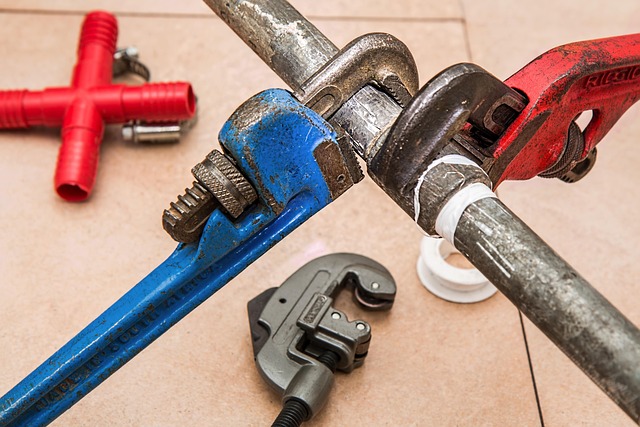
Plumbing leaks can be a persistent and insidious problem, often going unnoticed until significant damage has occurred. These leaks are more than just an inconvenience; they represent potential plumbing issues that, if left unaddressed, can lead to widespread water waste, structural damage, and even mold growth. Understanding the source of these leaks is crucial in mitigating their impact. Common causes include outdated pipes, corroded fittings, burst joints, or faulty appliances connected to your plumbing system.
Once identified, timely repair is essential. Quick action can prevent minor leaks from becoming major crises. Regular maintenance checks and prompt attention to dripping faucets, running toilets, or unusual water pressure fluctuations can help homeowners avoid costly repairs and the associated environmental impact of wasted water.
The Science Behind Humidity and Water Damage

Humidity, often overlooked, plays a significant role in our comfort and home health. It refers to the amount of water vapor present in the air. When humidity levels rise, it can lead to various issues, especially within homes. The science behind this is simple: water seeks equilibrium. In a leaky pipe scenario, excess water escapes, adding moisture to the air. Over time, this increased humidity can result in noticeable damage, from mold growth and musty odors to warped floors and weakened structural integrity.
Plumbing issues, like leaks, directly contribute to higher humidity levels. Water, seeping into walls, attics, or crawl spaces, evaporates slowly, increasing moisture content in the air. This subtle yet insidious process can go unnoticed until significant damage occurs. Understanding this relationship between plumbing problems and humidity is crucial for maintaining a healthy living environment, as it emphasizes the importance of prompt repair and regular inspection to mitigate potential water-related hazards.
Common Signs of Plumbing Issues at Home

Many homeowners often overlook signs of plumbing problems until they’re faced with a flood or persistent moisture issues. Keeping an eye out for subtle indications is key to preventing severe water damage and costly repairs. Some common plumbing issues manifest in unusual smells, like a sulfury odor indicating a potential sewer line problem. You might also notice persistent clogs, especially in older pipes, which could point to tree root intrusion or corroded pipes.
Other telltale signs include low water pressure, either throughout your entire home or in specific fixtures, suggesting leaks or blockages. Discolored or stained walls, ceilings, or floors can be a clear indicator of ongoing water damage. Moreover, if you hear unusual noises coming from your pipes, such as banging or squeaking, it may signal a loose pipe or other structural issues requiring immediate attention.
Mitigating the Effects: Quick Temporary Solutions
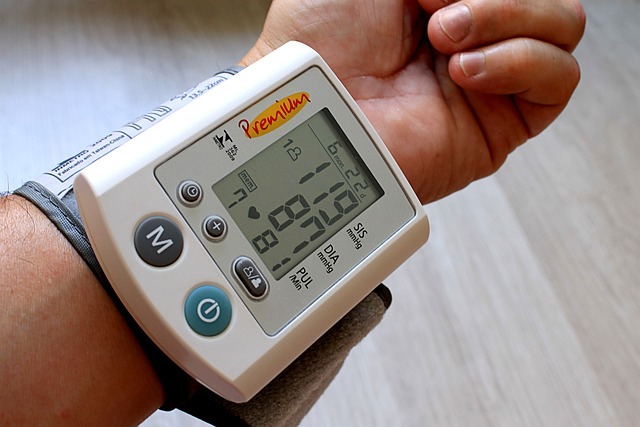
If you’re facing humidity spikes due to leaks, there are some quick temporary solutions to mitigate the effects before seeking long-term repairs. One immediate step is to address any visible water sources—tarp and seal areas where water is seeping in, and consider using fans or dehumidifiers to dry out the affected spaces. These measures can help prevent further damage and mold growth while you assess the situation.
Additionally, checking your home for plumbing issues should be a priority. Leaks often stem from worn-out pipes, faulty fixtures, or damaged seals. A professional plumber can quickly identify these problems and provide temporary fixes to stop water flow until permanent repairs can be made. This proactive approach ensures that humidity levels return to normalcy and prevents more severe structural damage caused by persistent water intrusion.
Long-term Strategies for Moisture Control
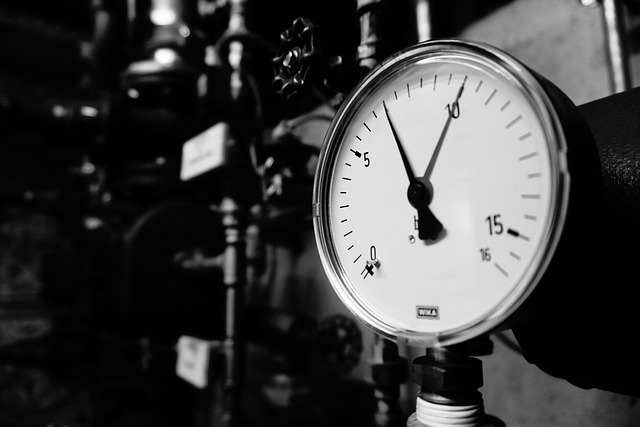
To mitigate long-term humidity problems caused by leaks, addressing underlying plumbing issues is crucial. Regular maintenance and inspections are essential to identify potential leaks early on. Fixing these issues promptly prevents water damage and reduces moisture levels in your home or building.
Investing in quality plumbing materials and professional services ensures that repairs are done efficiently and effectively. Additionally, installing moisture barriers and dehumidifiers can provide further protection against humidity. These strategies work together to create a dry environment, halting the progression of mould growth and preserving structural integrity.
Professional Help: When to Call a Plumber
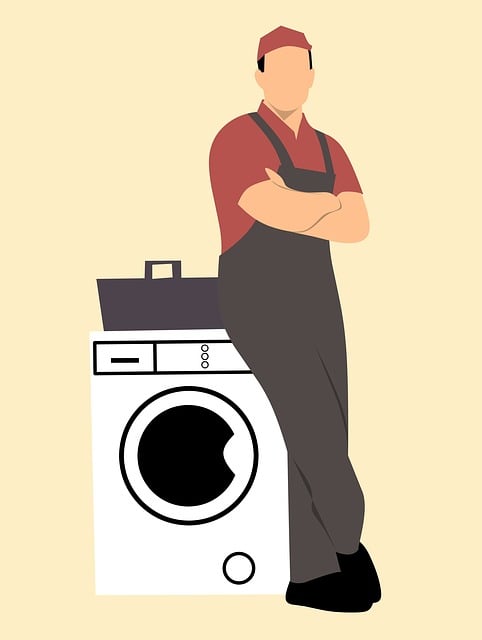
If you’re dealing with increased humidity caused by leaks, it’s crucial to recognize when professional help is necessary. While small, manageable leaks can sometimes be fixed with DIY methods, persistent or extensive water leakage often indicates deeper plumbing issues that require expert attention. A plumber is equipped to assess and address complex problems, such as burst pipes, faulty valves, or damage to the main water lines, ensuring a lasting solution.
Timing is essential when it comes to calling a plumber. The longer you wait, the more severe the damage can become, leading to costly repairs and potential health hazards due to mold growth. Regular maintenance checks by a professional can also help prevent future plumbing issues, saving you time and money in the long run.

